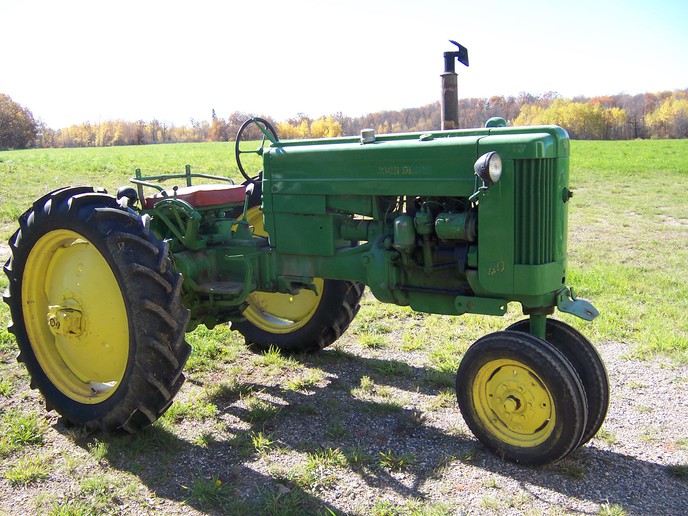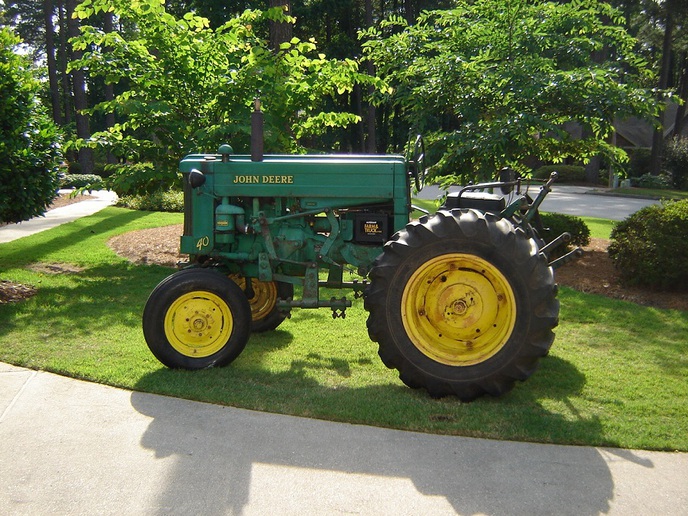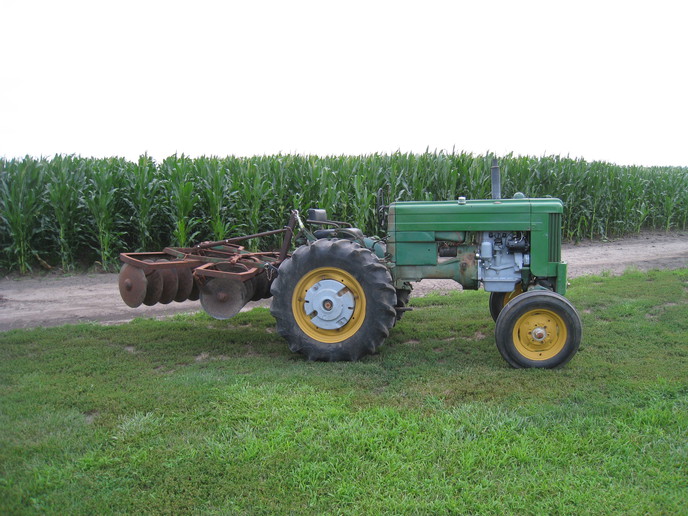I recently inherited a 1953 John Deere 40-S from my wife's grandfather. He purchased the tractor new in 1954 and used it very little through the years. He always kept the tractor sheltered and it is in very good condition. The only issue I am having with the tractor is getting it to start. Therefore, I am strongly considering installing an electronic ignition.
I am looking for some restoration advice for the tractor. Although I haven't ruled out doing a complete restoration at some point, my primary concern is updating it so that it will start easily and reliably so it can be used for garden cultivation. Should I convert the tractor to 12V negative ground system (along with Delco 10-SI alternator, etc.) or leave the 6V positive ground system and just install a 6V electronic ignition module?
I am looking for some restoration advice for the tractor. Although I haven't ruled out doing a complete restoration at some point, my primary concern is updating it so that it will start easily and reliably so it can be used for garden cultivation. Should I convert the tractor to 12V negative ground system (along with Delco 10-SI alternator, etc.) or leave the 6V positive ground system and just install a 6V electronic ignition module?





